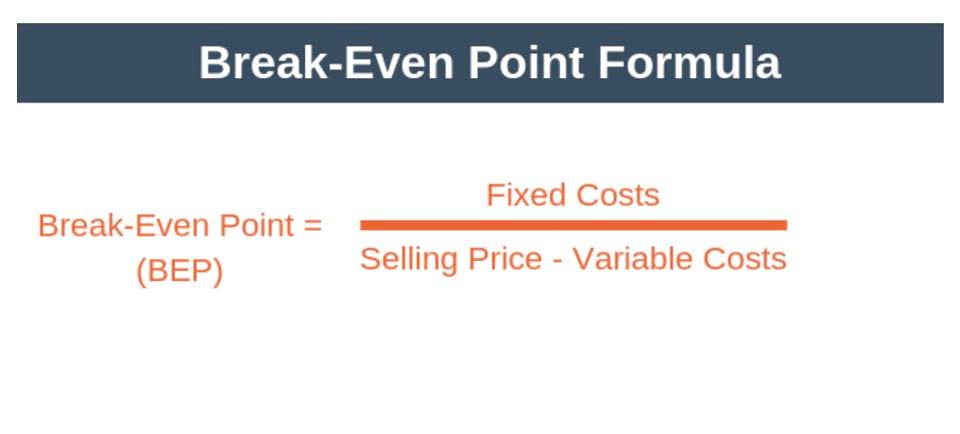
This indicates good warehouse management because capital is not tied up in inventory for very long, but can be converted into cash promptly. A high DPO means that the company can push its liabilities far into the future. In contrast, a low DSO value means that the company receives payment from its customers very quickly, which increases cash. But the tradeoff between potential working capital gains and discounts received needs consideration. Tracking these accounts over time shows trends in purchasing volume and timing of payments to suppliers. Dividing Cost of Goods Sold by the number of days yields the average daily Cost of Goods Sold.
A company with a high DPO takes longer to pay back its suppliers, and as a result, retains that cash for longer periods of time to maximize its benefits. By calculating the sum of the accounts payable balance in the current and prior year, and then dividing by two, we arrive at 70 days and 75 days in 2021 and 2022, respectively. By reducing the costs incurred on invoice processing you also reduce the number of payables that are due on your behalf which, in turn, will also reduce your AP days. The controller of company ‘A’ wants to calculate accounts payable days for the last year. Accounts payable days calculation is typically on an annual or quarterly basis. It indicates the status of cash outflow in your company, i.e. how well it is being managed.
Industry Benchmarking: DPO in Context
In addition, a higher DPO may mean several things and usually must be further investigated as the figure by itself doesn’t mean much. For example, a company may be thinking that its DPO means it is efficiently using capital. On the contrary, the company may actually be paying vendors late and racking up late fees.

With our projection of the COGS line item complete, we’ll perform a similar process for our forward-looking A/P days assumptions. On the other hand, a business with a high DPO may want to consider adjusting its payment frequency by taking advantage of favorable terms. Make sure that all returns and other adjustments are included in the total. Their beginning AP balance in January was $470,000, with an ending AP balance of $510,000, with the cost of goods sold totaling $5,100,000 for 2022. Company A is interested in calculating its DPO for 2022 using its average AP balance for the year.
What is “days payable outstanding”?
Models also forecast the downstream cash flow impact of payment optimization strategies. For companies seeking to optimize their Days Payable Outstanding (DPO), there are several key strategies to consider that can improve cash flow and net working capital. Monitoring trends in DPO over time lets companies track payment efficiency.

The optimal value should be slightly less than the standard payment terms given by your suppliers. Sum all purchases of inventory—whether paid with cash or credit—for the period. If you use QuickBooks Online, you can run a vendor purchases report and select only the suppliers from which you buy inventory. Exclude payments for non inventory items, such as rent and utilities.
Tips on Improving DPO
Like earlier, we’ll use a step function to incrementally increase our A/P days assumption from 75 days at the end of 2022 to 100 days by the end of 2027, an implied increase of 5 days per year. Since we need a point of reference upon which to base our assumptions, the first step is to calculate the historical A/P days in the historical periods. For example, a small business with a low DPO may want to look at internal processes to see where improvements can be made to improve short-term working capital. In addition to the above features, Invoice approval workflows can also be automated via Volopay and you can also set up auto-payments to ensure your payments are always on time.
Adam Hayes, Ph.D., CFA, is a financial writer with 15+ years Wall Street experience as a derivatives trader. Besides his extensive derivative trading expertise, Adam is an expert in economics and behavioral finance. Adam received his master’s in economics from The New School for Social days payable outstanding formula Research and his Ph.D. from the University of Wisconsin-Madison in sociology. He is a CFA charterholder as well as holding FINRA Series 7, 55 & 63 licenses. He currently researches and teaches economic sociology and the social studies of finance at the Hebrew University in Jerusalem.
A company with a high DPO can deploy its cash for productive measures such as managing operations, producing more goods, or earning interest instead of paying its invoices upfront. Suppose a company has an accounts payable balance of $30mm in 2020 and COGS of $100mm in the same period. Therefore, most companies strive to increase their days payable outstanding (DPO) over time.
To manufacture a salable product, a company needs raw material, utilities, and other resources. In terms of accounting practices, the accounts payable represents how much money the company owes to its supplier(s) for purchases made on credit. A high DSO number can indicate that the cash flow of the business is not ideal. If the number is climbing, there may be something wrong in the collections department, or the company may be selling to customers with less than optimal credit.
